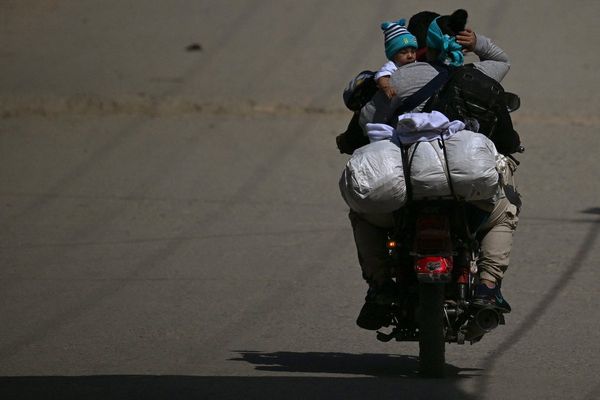Two years of COVID-19 related disruptions to teaching have taken their toll on literacy around the world.
A recent report from the World Bank found globally, between February 2020 and February 2022, education systems were fully closed for in-person schooling for about 141 days on average. The end result has been what UNICEF Chief of Education Robert Jenkins says is “a nearly insurmountable scale of loss to children’s schooling”.
The loss to learning has been felt even in countries with high access to the internet and higher levels of digital skills among the teaching force, but for children in low and middle-income countries the impact has been acute.
“With 7 in 10 of today’s 10-year-olds in low- and middle-income countries now unable to read a simple text, political leaders and society must swiftly move to recover this generation’s future by ensuring learning recovery strategies and investments,” says Jenkins.
Some 24 million students may not return to formal schooling, according to UNESCO, making the case for learning opportunities beyond the classroom to overcome looming literacy issues.
Ahead of International Literacy Day on September 8, UNESCO says a transformation of existing learning spaces is required, enabling literacy learning in the manner of lifelong learning.

REALITY CHECK
Although the global literacy rate has been increasing over the past 50 years — 86.68 percent in 2020 — there are substantive differences among various vulnerable groups based on their gender and geographical location.
In high-income countries, 90 percent of all children learn to read with comprehension before the end of primary school, and for the highest-performing countries, the figure reaches 97 percent or more. But since the pandemic, many children are off-track in reading. In several Brazilian states, around 3 in 4 children in grade 2 are behind in their reading, up from 1 in 2 children pre-pandemic. In South Africa, schoolchildren are between 75 per cent and a full school year behind where they should be.
In South Asia, 78 percent of children lack minimum literacy proficiency, up from 60 percent pre-pandemic.
Without action, the current generation of students risks losing US$21 trillion in lifetime earnings in present value, or the equivalent of 17 percent of today’s global GDP, according to the World Bank.
BIG IDEAS
This quote can be attributed to Zulfa Sakhiyya, Universitas Negeri Semarang:
“It is a myth that literacy automatically guarantees vertical social mobility. This myth is exacerbated by the fact educational opportunities are not distributed equally.”
PERSPECTIVES
The literacy myth Zulfa Sakhiyya, Universitas Negeri Semarang Literacy is not only about rankings. In Indonesia, misconceptions about literacy create a wider gap.
Listen up: how audiobooks could help literacy in Indonesia Irfan Rifai, Bina Nusantara University| Since adults learn differently to children, tapping into familiar mediums could help boost literacy.
Literacy finally on the reading list in Indonesia's curricula Tati L. Durriyah, Universitas Islam Internasional Indonesia For years, literacy has not been the centre of education in Indonesia. This could change after a long-awaited new curriculum was introduced during the pandemic.
Preventing children from becoming parrots as they learn to read Chong Su Li, Universiti Teknologi Petronas Too much emphasis on children knowing how to read the words does not make reading meaningful.
India’s literacy programs have fallen short Vachaspati Shukla, Sardar Patel Institute of Economic and Social Research Despite government-mandated education, too many Indians remain unable to read and write. It’s time to revisit the policies.
Cultivating a ‘third space’ to boost teen literacy Faizah Idrus, International Islamic University Malaysia The home and the classroom by themselves often may not offer the best environment for getting adolescents to read.
Originally published under Creative Commons by 360info™.







